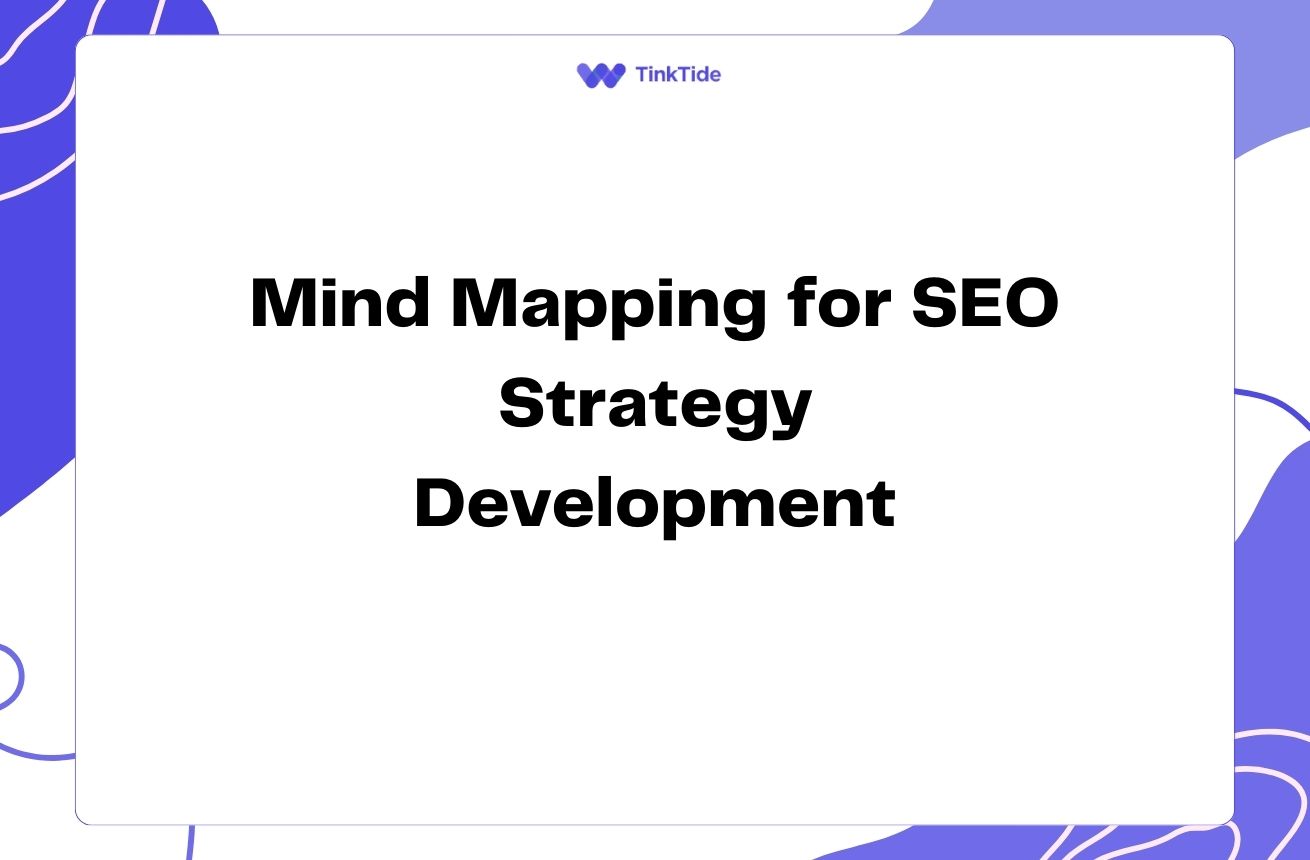Unlock Your Potential: Mind Mapping for Goal Success
The Power of Mind Maps for Goal Setting
Mind maps are powerful visual tools that can revolutionize your goal-setting process. By creating a visual representation of your goals, you can better understand the relationships between different aspects of your objectives and develop a clearer path to success.
Unlike traditional linear note-taking, mind maps mimic the way our brains naturally process information. This makes them an ideal tool for brainstorming, organizing thoughts, and planning complex projects or goals.
When you use mind maps for goal setting, you engage both the logical left side and the creative right side of your brain. This holistic approach allows you to tap into your full potential and uncover innovative solutions to achieve your goals.
Benefits of Using Mind Maps for Goals
Mind maps offer numerous advantages when it comes to goal setting and achievement. Here are some key benefits:
- Enhanced clarity and focus on your objectives
- Improved memory retention of your goals
- Better understanding of the relationships between different goals
- Increased creativity in problem-solving
- Easier identification of potential obstacles and solutions
Creating Your Goal-Setting Mind Map
To create an effective mind map for your goals, start with a central idea or main goal in the middle of your page. From there, branch out with sub-goals, action steps, and related concepts. Use colors, images, and symbols to make your mind map more engaging and memorable.
Consider using MindMeister or XMind for digital mind mapping. These tools offer templates and collaboration features that can enhance your goal-setting process.
Remember to keep your mind map flexible and open to changes. As you progress towards your goals, you may need to adjust your strategies or add new branches to your map.
Visualizing Your Path to Success
Once you've created your goal-setting mind map, use it as a visual representation of your path to success. Place it somewhere you can see it daily, such as your workspace or as a background on your digital devices.
Regularly reviewing your mind map helps reinforce your goals and keeps you focused on the steps needed to achieve them. It also allows you to track your progress and make adjustments as necessary.
Consider using the SMART criteria (Specific, Measurable, Achievable, Relevant, Time-bound) when defining your goals within the mind map. This ensures that your objectives are clear and attainable.
Integrating Mind Maps with Other Goal-Setting Techniques
Mind maps can be effectively combined with other goal-setting techniques to create a comprehensive approach to achievement. For example, you can use mind maps in conjunction with the Eisenhower Matrix to prioritize your goals and tasks.
Another powerful combination is using mind maps with the Golden Circle concept. Start your mind map with your 'why' at the center, then branch out to the 'how' and 'what' of your goals. This approach ensures that your goals align with your core values and purpose.
By integrating these techniques, you create a robust goal-setting system that addresses multiple aspects of achievement, from visualization to prioritization and alignment with your personal values.
Steps to Achieve Your Goals Using Mind Maps
Follow these steps to effectively use mind maps for goal achievement:
- Step 1: Create your central goal or vision
- Step 2: Branch out with main categories or areas of focus
- Step 3: Add specific goals and action steps to each branch
- Step 4: Include deadlines and milestones
- Step 5: Regularly review and update your mind map
- Step 6: Celebrate achievements and adjust as needed
Overcoming Challenges in Mind Mapping Goals
While mind mapping is a powerful tool, you may encounter some challenges. One common issue is overcrowding your map with too much information. To avoid this, focus on the most important elements and use sub-maps for detailed breakdowns.
Another challenge is maintaining consistency in updating your mind map. Set regular review intervals, such as weekly or monthly, to ensure your map stays current and relevant to your evolving goals.
If you're struggling with creativity, try using Canva or Adobe Photoshop to add visually appealing elements to your digital mind maps. This can help spark inspiration and make your goals more engaging.
Address common questions
Here are some frequently asked questions about using mind maps for goal setting and achievement:
How often should I update my goal-setting mind map?
It's recommended to review and update your mind map at least once a week. This allows you to track progress, make necessary adjustments, and stay aligned with your goals. For long-term goals, a monthly in-depth review can be beneficial.
Can mind maps be used for team goal setting?
Absolutely! Mind maps are excellent tools for collaborative goal setting. They provide a visual representation that everyone can contribute to and understand. Use tools like Miro or MindMeister for real-time collaboration on digital mind maps.
How do I prioritize goals within a mind map?
You can use color coding, numbering, or different branch thicknesses to indicate priority levels. Alternatively, create a separate branch for high-priority goals or use icons to mark urgent items.
What if my goals change over time?
Mind maps are flexible and easily adaptable. If your goals change, simply update your mind map by adding new branches, removing irrelevant ones, or restructuring existing elements. This adaptability is one of the key strengths of using mind maps for goal setting.
Can mind maps help with breaking down large goals?
Yes, mind maps are excellent for breaking down large, complex goals into smaller, manageable tasks. Use sub-branches to detail specific action steps, milestones, and resources needed for each major goal.
Provide additional resources
MindMeister
Online mind mapping tool for digital creation and collaboration
The Mind Map Book by Tony Buzan
Comprehensive guide on mind mapping techniques
Goal Setting: A Scientific Guide to Setting and Achieving Goals
In-depth article on effective goal setting strategies
Trello
Project management tool that can be used alongside mind maps for goal tracking
TED Talk: The Power of Belief
Inspirational talk on improving skills and achieving goals
Summarize key takeaways
Mind maps are powerful tools for visualizing, setting, and achieving your goals. They provide a holistic view of your objectives, enhance creativity, and improve memory retention of your goals.
By integrating mind maps with other goal-setting techniques and regularly reviewing and updating your visual roadmap, you can significantly increase your chances of success.
Start creating your goal-setting mind map today and unlock your full potential for achievement. Remember, the journey to success begins with a clear vision, and mind maps are your key to crafting that vision.
Visualize Your Path to Success
Ready to transform your goals into reality? Try our mind mapping tools and goal-tracking features.
Start Your Free Trial
